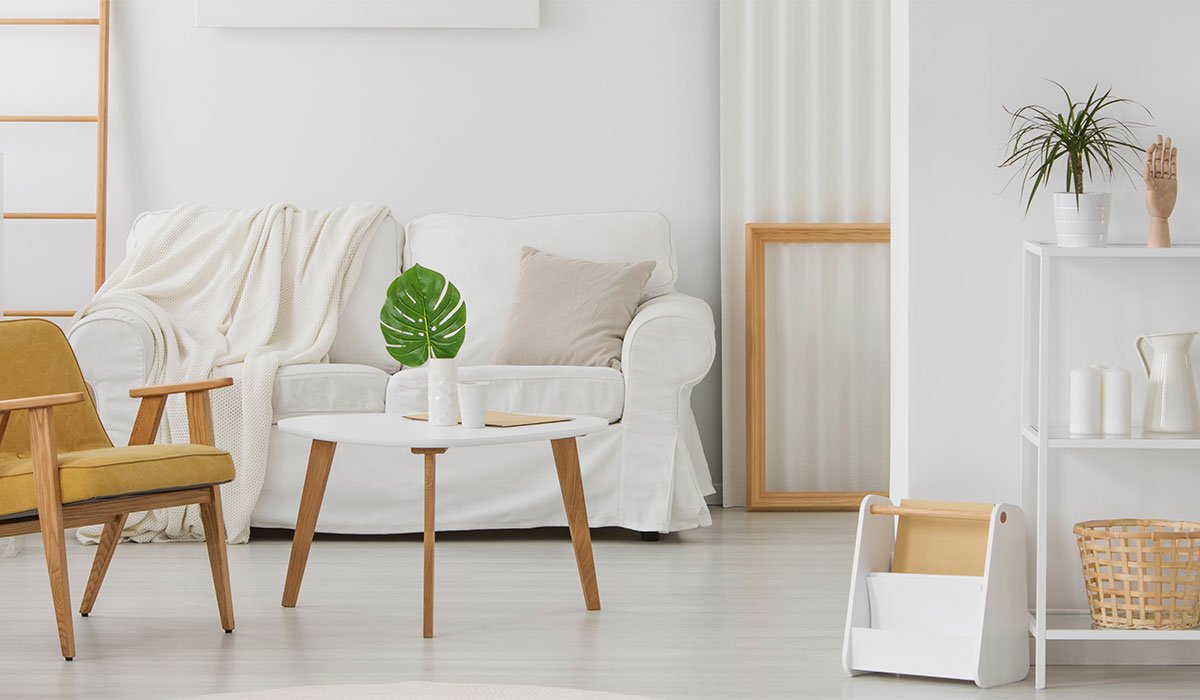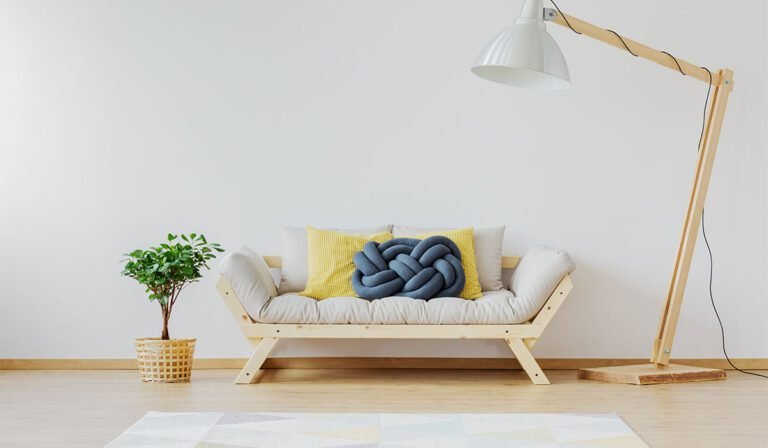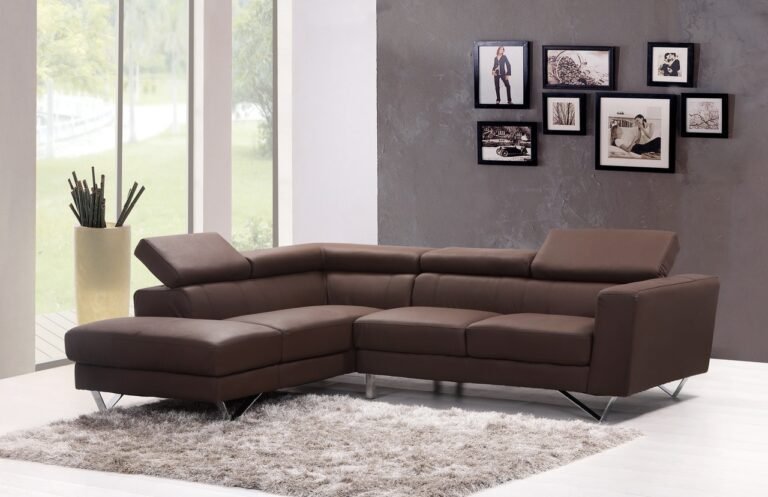3D Printed Chairs And Tables
3D printing has revolutionized the manufacturing industry by enabling the creation of complex and intricate designs that were previously impossible to produce. The furniture industry is no exception to this trend. 3D printing technology has enabled designers and manufacturers to create custom-made furniture with intricate designs and shapes that are not possible with traditional manufacturing techniques.
According to a [source]1, 3D printing is being used to create furniture on a smaller scale in homes, open spaces, parks, and streets. From chairs, tables, stools to sofas, there is no shortage of initiatives! Designers and manufacturers use 3D printing technologies to increase complexity and offer customisable furniture. Some can even be printed directly at home.
One example of 3D printed furniture is the RIO Collection by Integrate and Morgan studios 1. The backrest of the chair has been printed in 3D in 24 hours from a liquid resin or polyamide powder and a mathematical algorithm. The result is a piece of furniture that combines craftsmanship and new technologies, impossible to make otherwise. The same principle applies to tables where part of the base has been printed in 3D.
Another example is the Nagami’s Chairs by the Spanish design studio Nagami 1. Four fairly futuristic chairs, printed in 3D from different materials; two of them have been made with biodegradable plastic granules for example. They remind us of a floral structure and are very colourful: we go far beyond the simple kitchen stool! This project is more likely to demonstrate the possibilities offered by 3D technologies in the architecture and furniture sector.
3D printing has also been used to create street furniture, including benches. The Print Your City Project in Amsterdam and Thessaloniki, Greece, is an example of this 1. The benches were made from the plastic waste of the city’s inhabitants. This waste was recycled and transformed into 3D printing filament. This initiative clearly shows that 3D technologies have a key role to play in preserving our environment and can create value in all sectors of activity.
In conclusion, 3D printing technology has opened up new possibilities for the furniture industry. It has enabled designers and manufacturers to create custom-made furniture with intricate designs and shapes that were previously impossible to produce. The technology has also been used to create street furniture, which is environmentally friendly. As 3D printing technology continues to evolve, we can expect to see more innovative and creative designs in the furniture industry.






